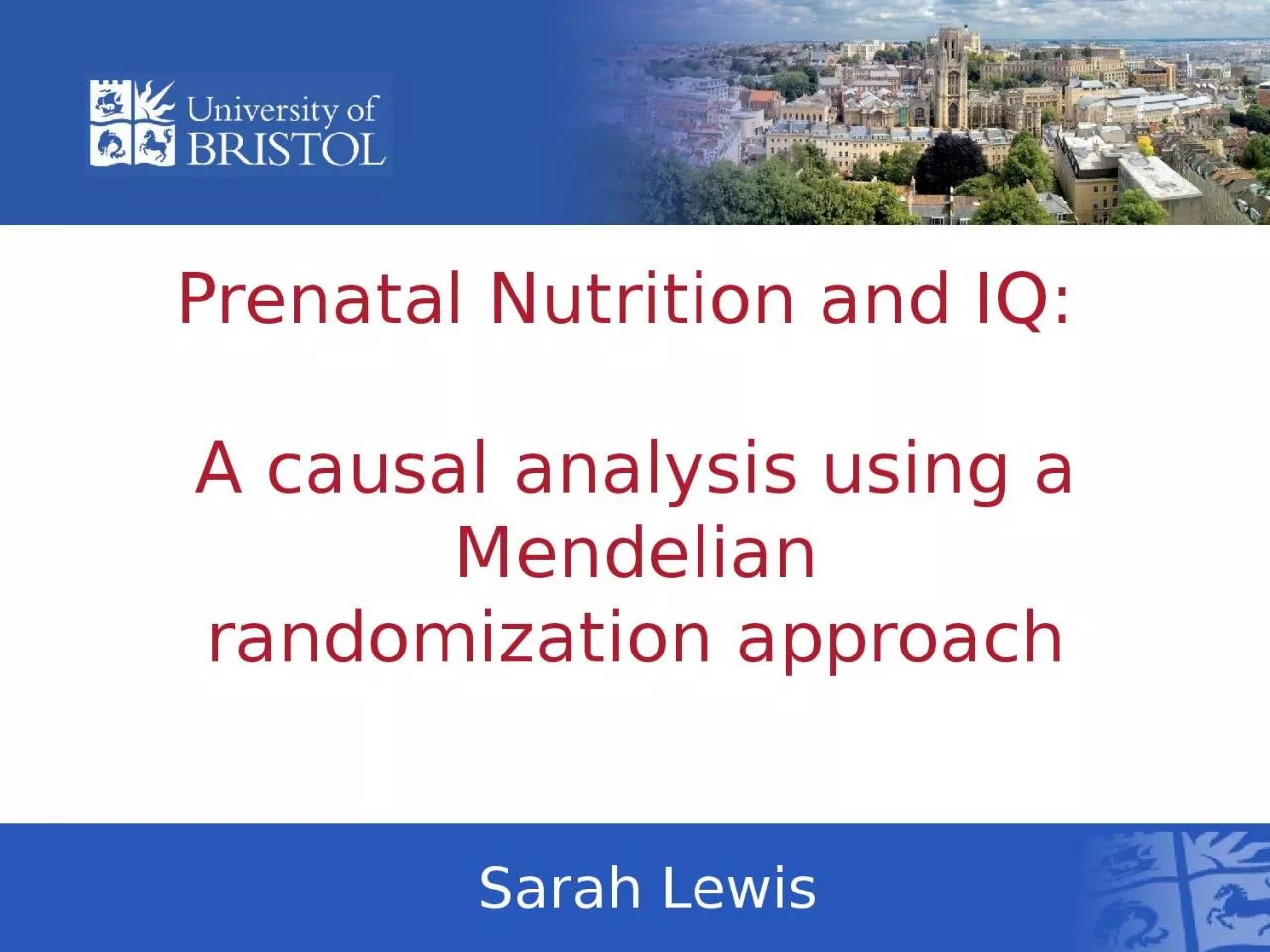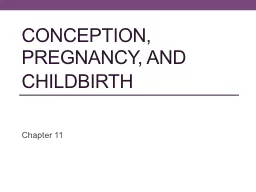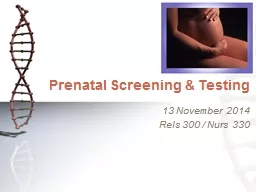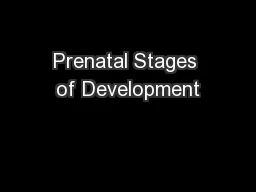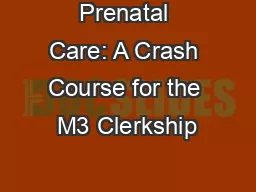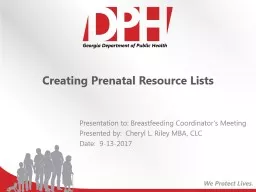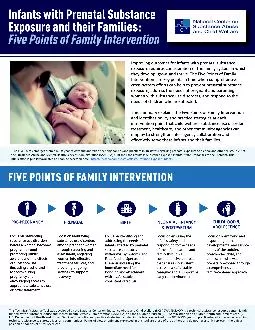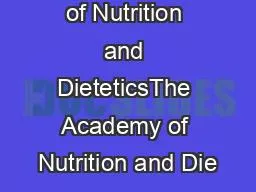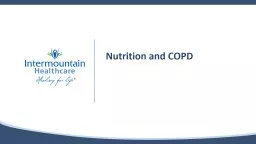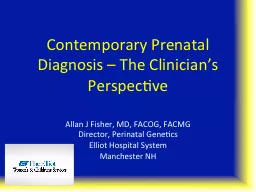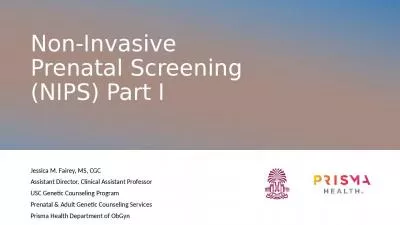PPT-Prenatal Nutrition and IQ:
Author : eleanor | Published Date : 2024-02-09
A causal analysis using a Mendelian randomization approach Sarah Lewis A few earlier studies Common problems in observational studies Measurement error Reportinginterviewer
Presentation Embed Code
Download Presentation
Download Presentation The PPT/PDF document "Prenatal Nutrition and IQ:" is the property of its rightful owner. Permission is granted to download and print the materials on this website for personal, non-commercial use only, and to display it on your personal computer provided you do not modify the materials and that you retain all copyright notices contained in the materials. By downloading content from our website, you accept the terms of this agreement.
Prenatal Nutrition and IQ:: Transcript
Download Rules Of Document
"Prenatal Nutrition and IQ:"The content belongs to its owner. You may download and print it for personal use, without modification, and keep all copyright notices. By downloading, you agree to these terms.
Related Documents

